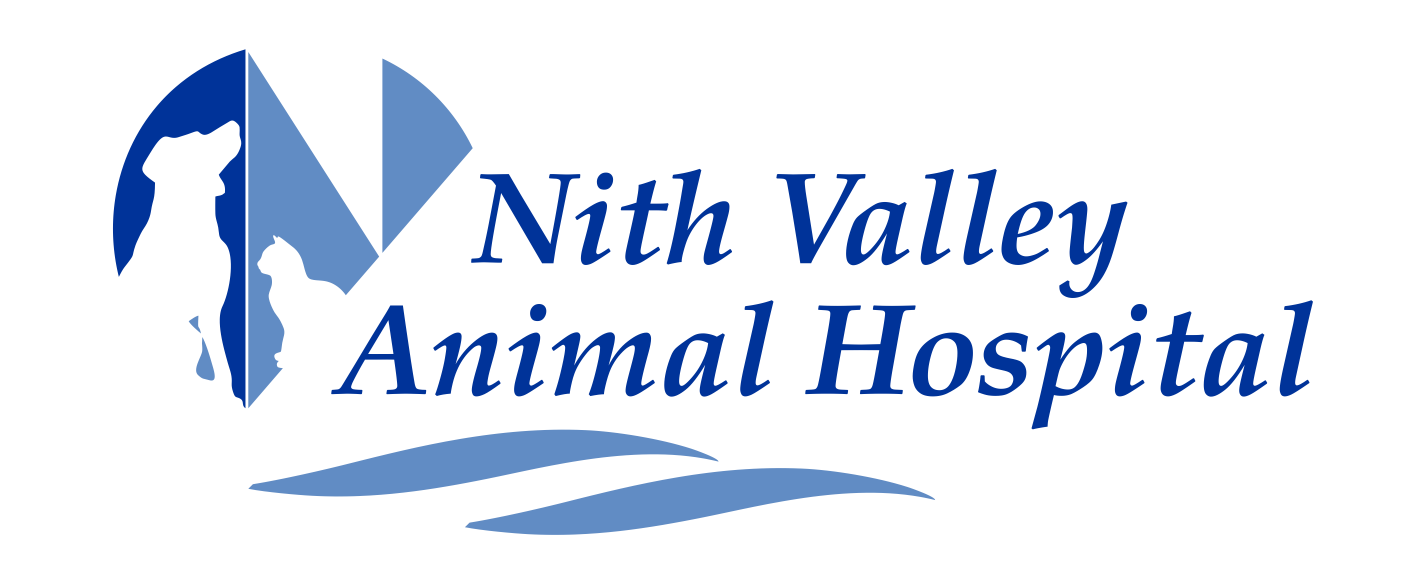Library
-
A gastropexy is a surgical procedure that is sometimes performed in large-breed dogs to prevent gastric dilatation and volvulus (GDV), also known as bloat – a life-threatening condition. This handout explains how the procedure works, how it is used preventatively and in emergency situations, risk factors, and post-operative care.
-
A gastrostomy (G-) tube is a small rubber or silicone tube that passes directly into the stomach through the cat’s skin and abdominal wall. It allows you to deliver food, water, and medications directly into the stomach. This article outlines how to use and maintain a G-tube for your cat.
-
A gastrostomy (G-) tube is a small rubber or silicone tube that passes directly into the stomach through the dog’s skin and abdominal wall. It allows you to deliver food, water, and medications directly into the stomach. This article outlines how to use and maintain a G-tube for your dog.
-
Gemfibrozil is a medication prescribed off-label by veterinarians to treat high levels of fat (lipids) in the blood of dogs and cats when dietary modifications have not been effective. Occasionally, it is also used in birds for the same purpose. As a relatively new drug in veterinary medicine, its benefits, side effects, and adverse effects are still being determined.
-
Genetic (DNA) testing is readily available, whether you are using it for fun to find out what breeds your pet is made up of or if you are looking into possible medical conditions. DNA samples can be collected either from a cheek swab or a blood draw. Knowing which breeds your pet is made up of can help you and your veterinarian prevent or prepare for health issues in the future.
-
All dogs evolved from a common ancestor. Humans started breeding dogs for pleasure in the 19th century and this led to an intense diversification of dog species into the nearly 400 breeds recognized today. DNA tests can be performed on mixed-breed dogs to determine their breed ancestry.
-
Despite the huge variety in coat color, there are only two basic pigments that determine the color of canines: eumelanin (black) and phaeomelanin (red). All different variations in color are created by these two pigments, which are both forms of melanin. This handout discusses the details of genetics and coat color selection.
-
There are multiple methods of inheritance that determine which characteristics (or phenotypes) are displayed by the offspring, including autosomal dominant, autosomal recessive, and sex-linked inheritance. There are also many polygenic traits (i.e., associated with multiple genes) as well as environmental factors that make it much more complicated to predict disease or the likelihood of passing disease onto offspring.
-
Mutations are errors made during DNA replication. Mutations can be acquired as cells divide within the body or can be inherited if the parent's DNA contains a mutation. Genetic markers can be used to determine genetic heritage such as breed origins.
-
Deoxyribonucleic acid (DNA) is a long molecule that contains an animal’s entire genetic code. DNA is primarily located within the nucleus of each cell. In the nucleus, enzymes transcribe the DNA bases into a substance called RNA (ribonucleic acid), which serves as a messenger, taking the DNA message out into the cytoplasm of the cell where the RNA is translated into proteins. These proteins are responsible for a number of functions in the cell and throughout the body, primarily by acting as enzymes that regulate various cell reactions. DNA tests allow us to examine an animal’s DNA in order to see whether they carry certain genetic diseases. DNA testing can also be used to determine the ancestry of an animal.


